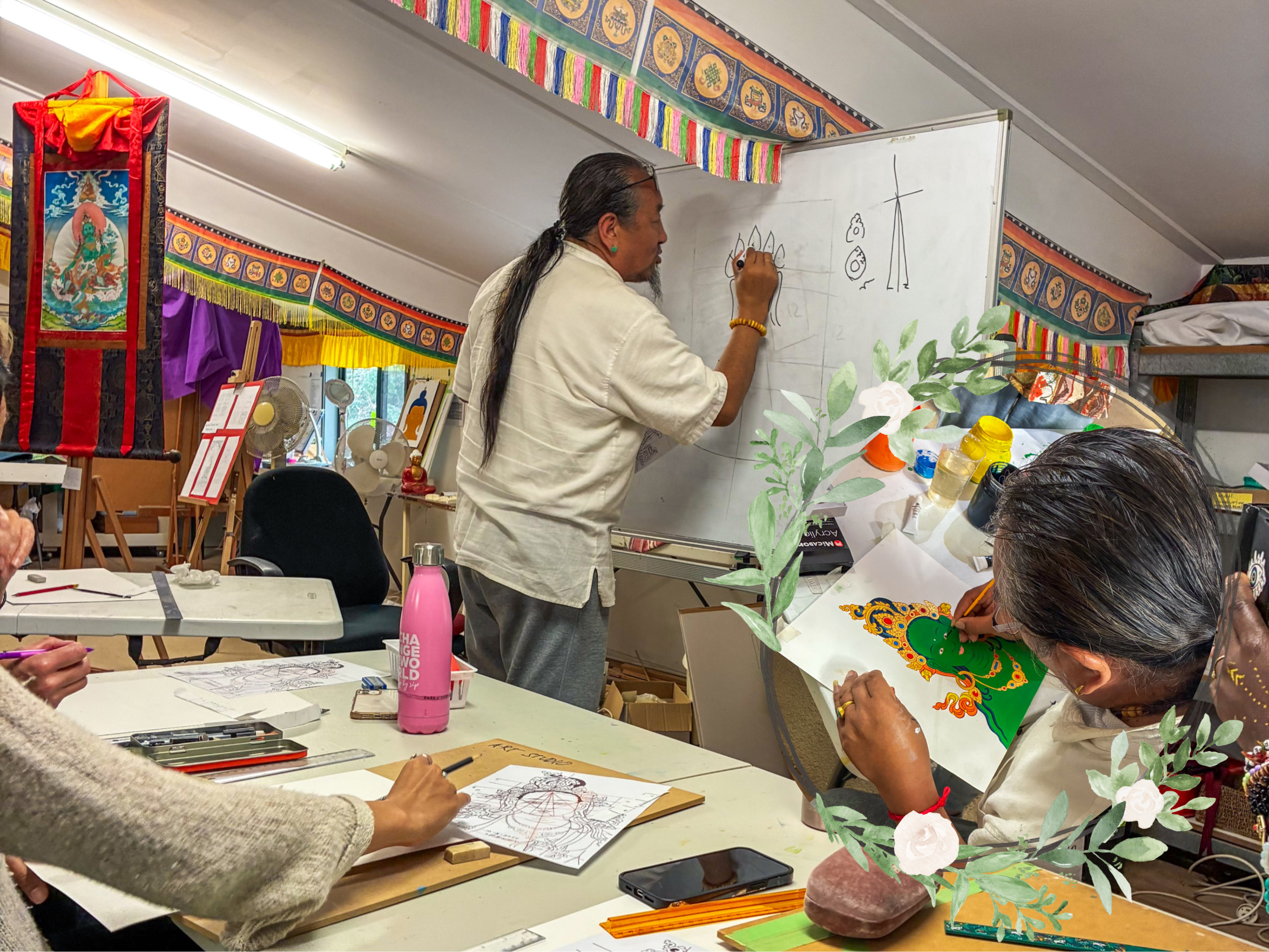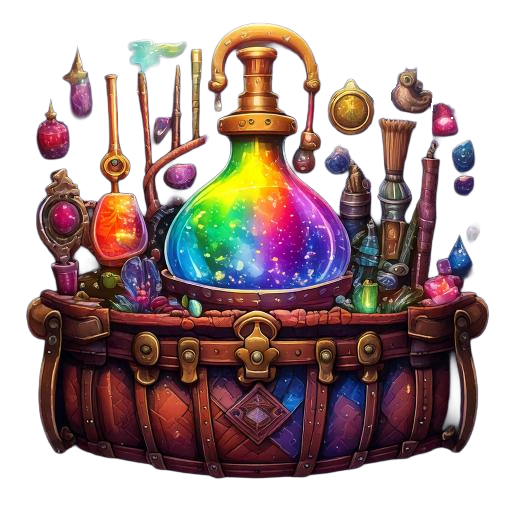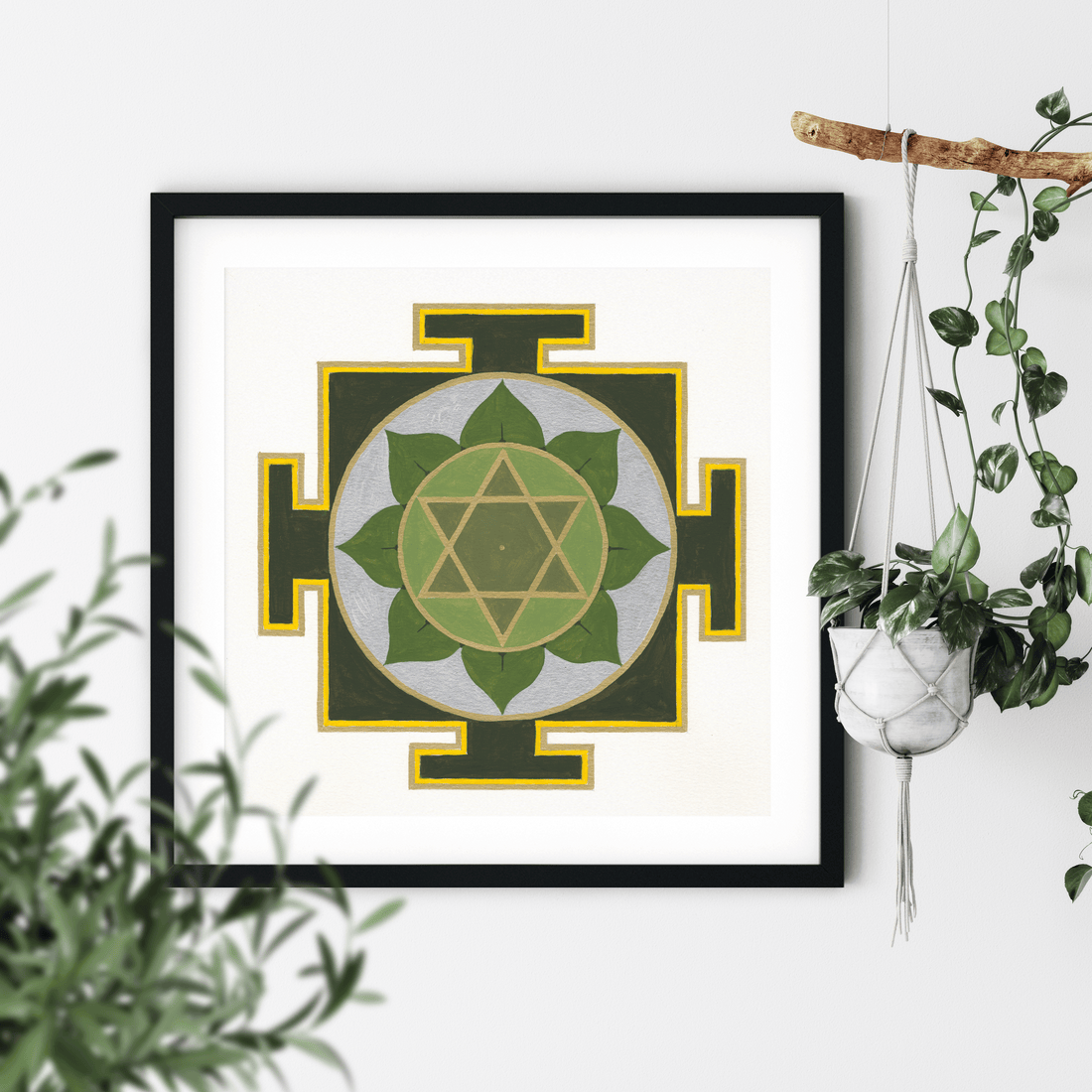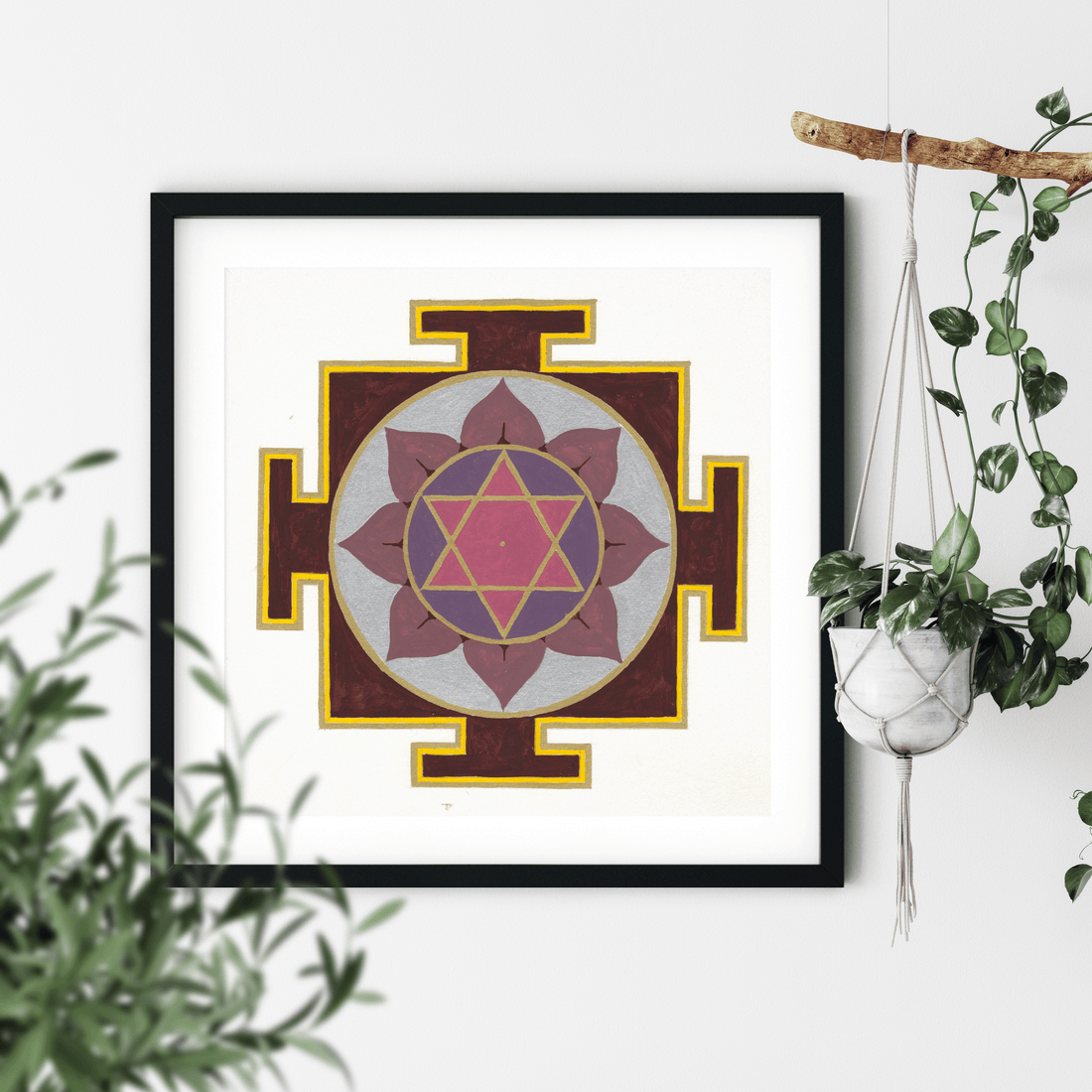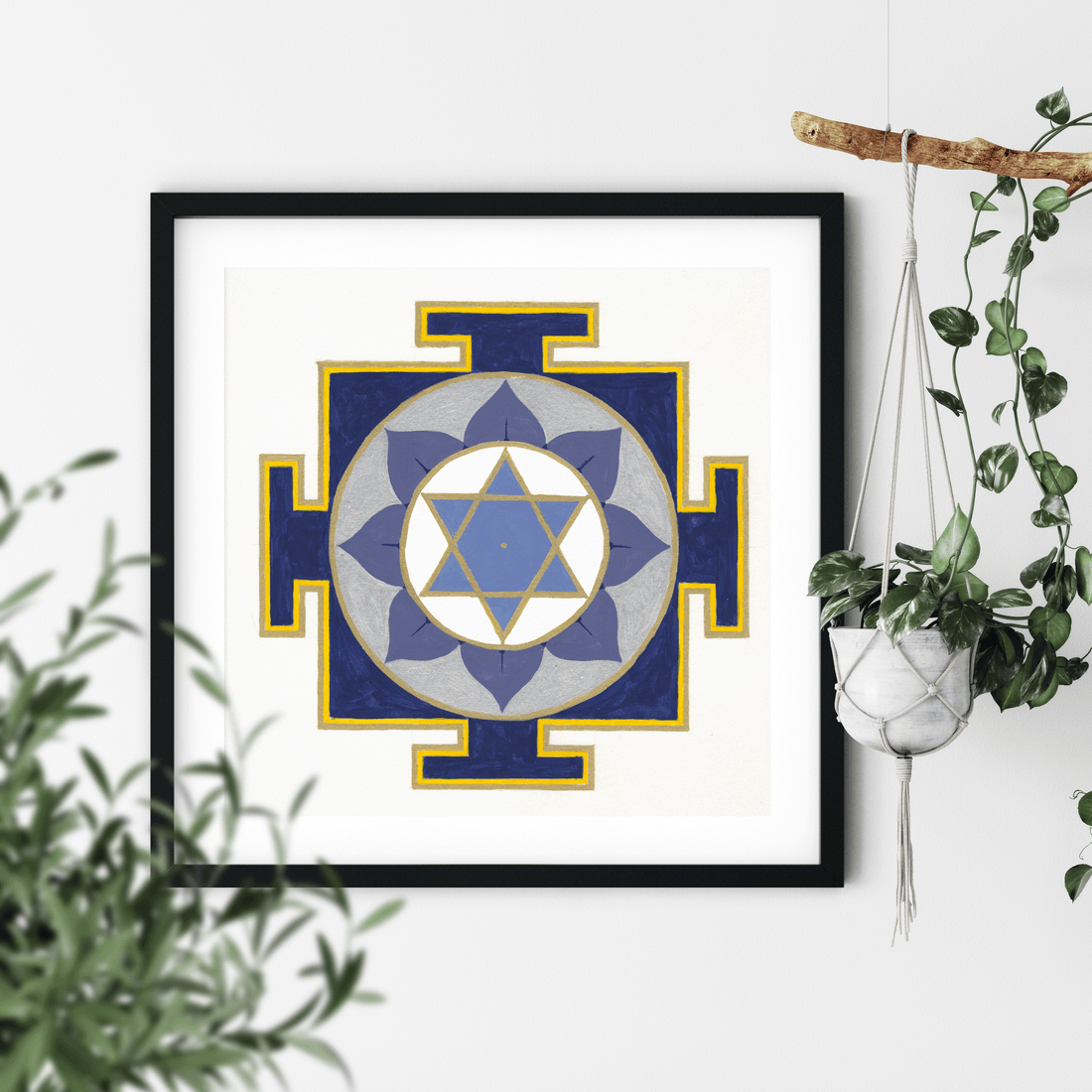This past weekend, I had the rare privilege of stepping into an ancient lineage of sacred art. At Chenrezig, surrounded by the serene embrace of the mountains, I joined my first Tara thangka painting workshop guided by a ninth-generation Tibetan master painter. To sit in the presence of such a lineage carrier, who has devoted his life to preserving and transmitting this sacred tradition, was both humbling and deeply inspiring.
From the moment I walked into the studio, there was an instant familiarity and a joyful embrace with my new teacher, this was not simply an art class—it was a spiritual initiation, a homecoming.
The Living Tradition of Thangka Painting
A thangka is more than a painting—it is a sacred mirror, a visual prayer, and a doorway into the divine. These scroll paintings, rooted in Tibetan Buddhist practice, are used for meditation, ritual, and transmission of teachings. Their creation follows precise guidelines of geometry, symbolism, and proportion, designed to embody the enlightened qualities of the deities they depict.
In this workshop, our focus was Tara—specifically Green Tara, the swift and compassionate liberator. She is the embodiment of the divine feminine in action, ever-ready to respond to the cries of the world, cutting through fear and offering protection. To paint her is to enter into relationship with her essence, to embody her qualities through patience, devotion, and artistry.
The Sacred Process
Unlike my usual intuitive and expressive art practice, thangka painting requires surrender to a sacred discipline. Every line must be measured, every curve precise. We began with the geometric framework, which forms the divine proportions of Tara’s head—a reminder that even the cosmos is built upon harmony and pattern.
As I drew and painted, I found myself slipping into a meditative rhythm. The repetition of line work, the stillness of concentration, the awareness that this was not about personal expression but about channeling the divine—all of it brought a sense of profound peace. It felt as though Tara herself was gently guiding my hand, reminding me that devotion is as much about presence as it is about precision.
Tara’s Blessing
Green Tara has always been close to my heart, but to meet her in this way—through the ancient art of thangka—was transformative. Her gaze radiates compassion, her hand gestures embody protection and generosity, and her flowing form reminds us of the swift action of awakened wisdom.
Throughout the weekend, I felt her presence deepen within me. The act of painting became a meditation, a communion, a devotion. Each brushstroke whispered: the time is now, there is nowhere else, be here now surrender to each brushstroke..
Integration and Reflection
As I carry this experience into my own creative practice, I am reminded of the many forms sacred art can take. Whether painting a thangka with exacting precision or creating visionary art through intuitive flow, the essence is the same: to open a channel for the divine to move through us.
This workshop reawakened in me a deeper reverence for discipline, lineage, and devotion. It reminded me that art is not just a form of expression—it is a path, a practice, a prayer.
I leave with immense gratitude—for the delightful Phenpo who shared his wisdom, for the Chenrezig community that held the space, and for Tara herself, whose compassionate presence continues to ripple through my heart.
May every brushstroke we make in this life become an offering of love, a reminder of the infinite compassion that lives within and around us.


